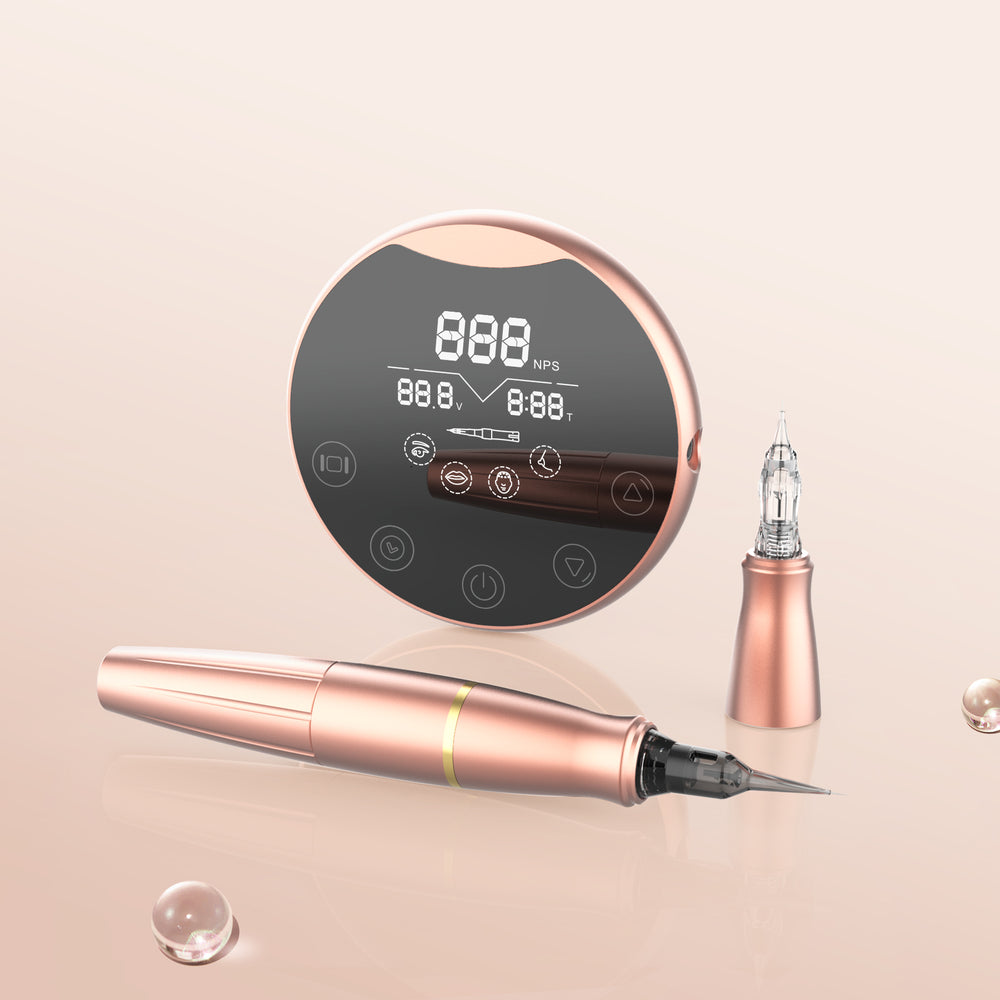In recent years, the demand for latex-free gloves has surged, primarily due to increasing awareness of latex allergies and sensitivities. These gloves are not only crucial for healthcare professionals but also for individuals in various industries where protection and safety are paramount.

Understanding Latex Allergies
Latex allergies can cause severe reactions in sensitive individuals. Symptoms may range from mild skin irritation to life-threatening anaphylaxis. As such, the use of latex-free gloves has become essential in environments where exposure to latex can occur. But what exactly are latex allergies, and why are they becoming more prevalent?
"Latex allergies are a growing concern, particularly in healthcare settings where gloves are used frequently." - Healthline
The Benefits of Latex-Free Gloves
Choosing latex-free gloves offers numerous advantages:
- Allergy Prevention: They eliminate the risk of allergic reactions for those sensitive to latex.
- Durability: Many latex-free options, such as nitrile gloves, provide excellent puncture resistance and durability.
- Comfort: Latex-free gloves often offer a comfortable fit, allowing for dexterity and ease of movement.
- Versatility: They are suitable for various applications, from medical procedures to food handling.
Types of Latex-Free Gloves
There are several types of latex-free gloves available on the market, each designed for specific uses:
- Nitrile Gloves: Made from synthetic rubber, these gloves are highly durable and resistant to chemicals.
- Vinyl Gloves: A cost-effective option, vinyl gloves are suitable for low-risk tasks.
- Polyethylene Gloves: Often used in food service, these gloves are lightweight and easy to put on.
Choosing the Right Latex-Free Gloves
When selecting latex-free gloves, consider the following factors:
- Purpose: Determine the specific tasks you will be performing.
- Fit: Ensure the gloves fit well to maintain dexterity.
- Material: Choose the right material based on your needs, whether it's nitrile, vinyl, or polyethylene.
For instance, if you are in the medical field, nitrile gloves may be the best choice due to their superior protection and durability. On the other hand, for food handling, vinyl gloves might suffice.
Conclusion
The rise of latex-free gloves is a testament to the growing awareness of allergies and sensitivities in our society. By opting for these gloves, individuals and professionals can ensure safety and comfort in their respective environments. As the market continues to evolve, it is essential to stay informed about the best practices and products available.
For more information on latex-free gloves, check out this informative video that discusses their benefits and applications.
References









